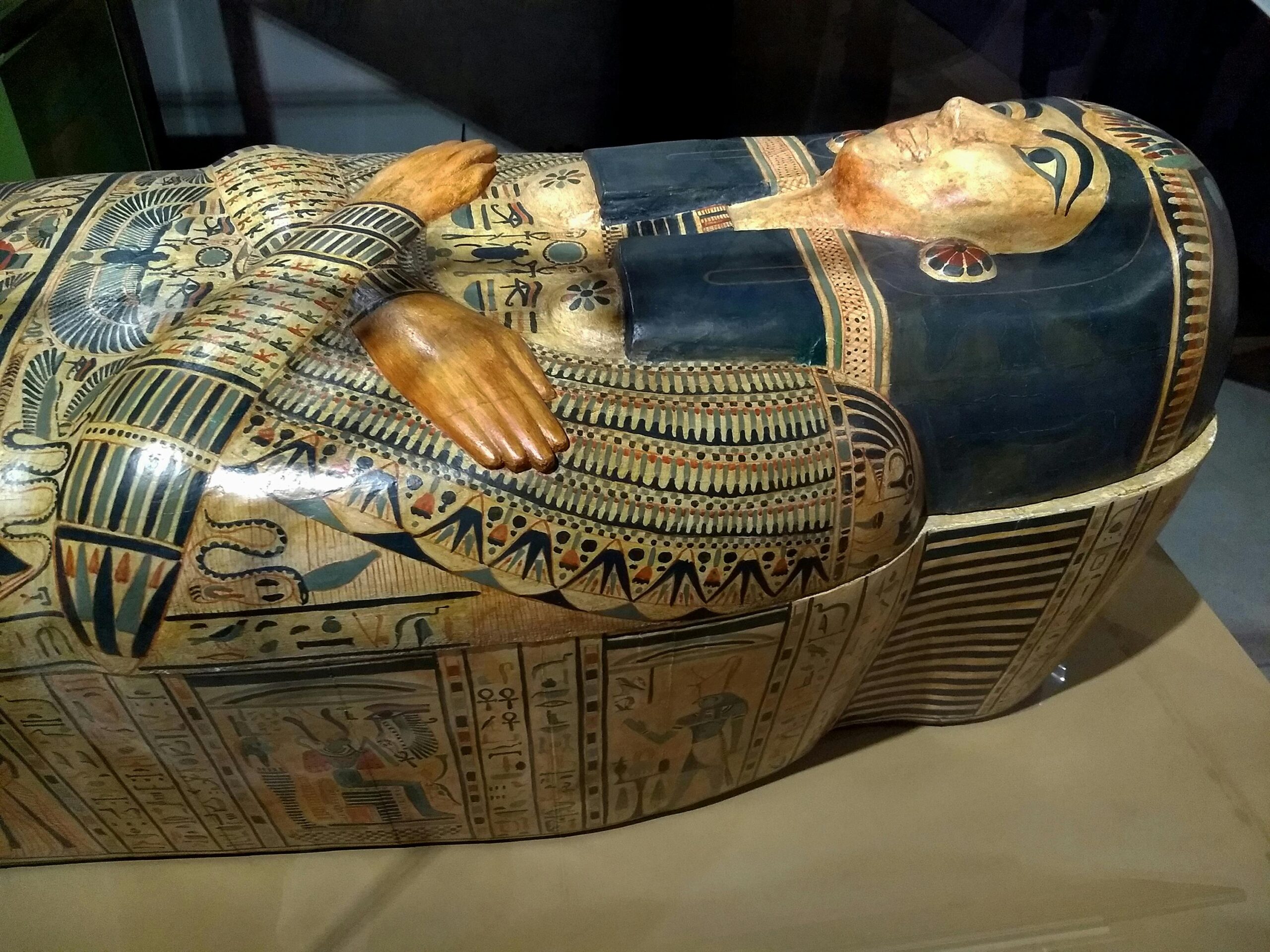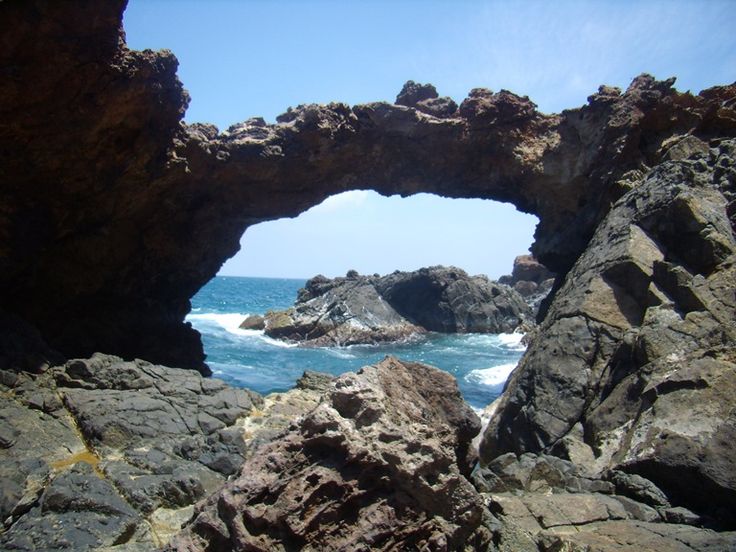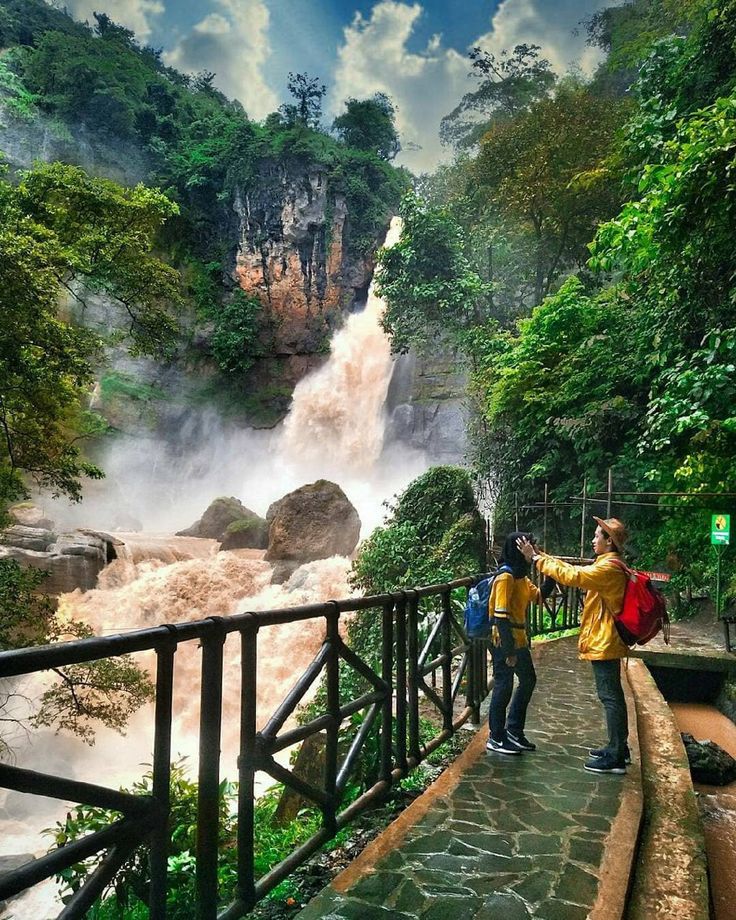Exploring Angkor Wat
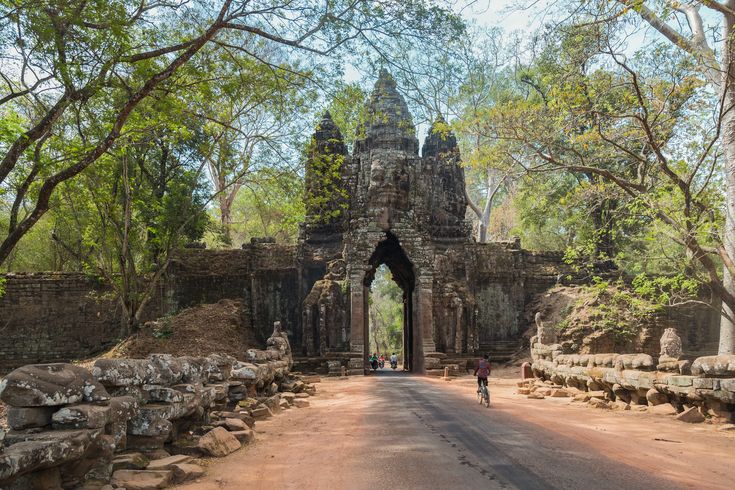
A Must-Visit Destination in Cambodia
Angkor Wat, a UNESCO World Heritage site, is one of the most iconic and awe-inspiring landmarks in the world. Located in Cambodia, this temple complex represents the pinnacle of Khmer architecture and is the largest religious monument globally. Originally built in the 12th century by King Suryavarman II, Angkor Wat was intended to serve as a Hindu temple dedicated to the god Vishnu. Over the centuries, it gradually transformed into a Buddhist temple. The sheer scale of Angkor Wat is a testament to the dedication and skill of the thousands of workers who helped complete it. Construction is estimated to have taken around 30 years, with thousands of laborers and craftsmen working tirelessly to create its intricate carvings, expansive galleries, and towering spires. Over the years, the temple complex has faced various historical incidents, including abandonment, looting, and natural decay. Despite this, Angkor Wat remains remarkably well-preserved. Today, it stands as a symbol of Cambodia’s national identity and is one of the best places to visit in Cambodia, drawing millions of tourists each year.

How to Get There Ankgor Wat
Angkor Wat is located in the heart of Cambodia, near the town of Siem Reap, which is the main gateway to the Angkor Archaeological Park. The nearest airport is Siem Reap International Airport, which serves both domestic and international flights. From the airport, it’s just a short drive to the temple complex, making it easy for visitors to reach Angkor Wat directly. Siem Reap itself is a charming town that offers various accommodation options, ranging from budget to luxury. Travelers can easily explore Angkor Wat by tuk-tuk, car, or bicycle. Tuk-tuks are particularly popular as they provide an affordable and flexible option for tourists wanting to see the temples at their own pace.
Visiting Angkor Wat: Sunrise and the Circuits
One of the most memorable experiences when visiting Angkor Wat is witnessing the sunrise. The view of the sun rising behind the temple’s grand towers is simply breathtaking. Many visitors start their day early to capture the perfect shot, as the soft morning light casts a magical glow on the ancient stone. To make the most of your visit, there are two main routes for exploring the temples: the Small Circuit and the Grand Circuit.

Small Circuit Things
Angkor Wat Angkor Wat itself is the centerpiece of the Small Circuit. It is the largest and most famous temple in the complex, offering visitors a chance to explore its stunning galleries, towering spires, and intricate bas-reliefs depicting scenes from Hindu mythology. The temple’s symmetrical design and grand scale make it an architectural marvel. Visiting Angkor Wat allows tourists to connect with the history and spirituality of the site.
Baksei Chamkrong

This lesser-known temple is a gem on the Small Circuit. Baksei Chamkrong is a small pyramid-shaped temple dedicated to the Hindu god Shiva. Despite being smaller than Angkor Wat, it offers a peaceful atmosphere, and visitors can climb to the top for panoramic views of the surrounding jungle.
Angkor Thom Gate
The gates of Angkor Thom are a stunning example of Khmer architecture. Each gate is guarded by massive stone faces, which represent the kings or gods. As you pass through the South Gate, you’ll notice the long causeway lined with stone statues, creating an impressive entrance to the ancient city of Angkor Thom.
Bayon
Bayon Temple, located in the heart of Angkor Thom, is famous for its massive stone faces. These faces, which represent Avalokiteshvara, are carved into the temple’s towers, creating an eerie yet captivating atmosphere. Bayon’s intricate bas-reliefs also depict scenes from daily life in ancient Cambodia, adding depth to its historical significance.
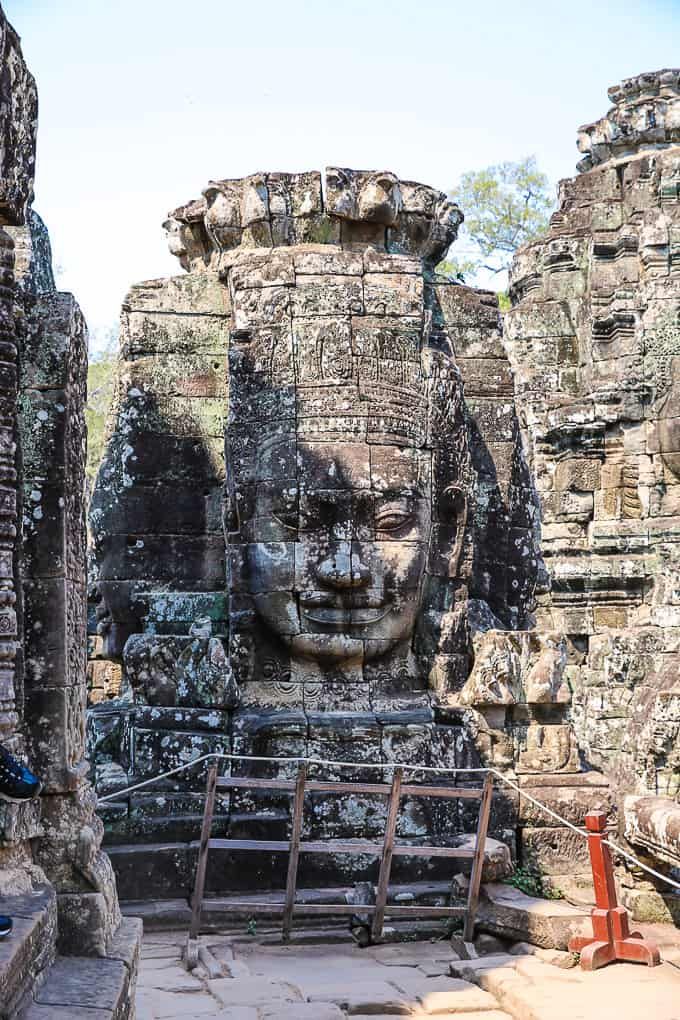
Thommanon
Thommanon is a small but beautifully preserved temple near the Angkor Thom complex. Though smaller than other temples, it stands out for its delicate carvings and serene setting. The temple is a perfect spot for those looking to explore a more tranquil part of the Angkor complex.

Ta Prohm
Ta Prohm is one of the most iconic temples in the Angkor complex. This temple is famous for its dramatic ruins, where ancient trees with massive roots grow through the stone walls. The site has been left largely untouched to show the powerful force of nature reclaiming the structures, making it a unique and fascinating destination.

Banteay Kdei
Banteay Kdei is another beautiful temple on the Small Circuit. Its moss-covered stones and peaceful atmosphere make it a favorite for those seeking a quiet spot to explore. The temple’s labyrinthine corridors and intricate carvings provide a glimpse into the artistic and architectural skills of the Khmer Empire.
Grand Circuit Things
Angkor Wat
Although Angkor Wat is part of both the Small and Grand Circuits, it’s worth mentioning again for its sheer magnificence. The Grand Circuit offers a broader view of the entire temple complex, allowing visitors to appreciate its scale and detail from multiple angles.
Preah Khan
Preah Khan is an impressive and expansive temple dedicated to King Jayavarman VII. Unlike other temples in the Angkor complex, it remains relatively well-preserved, and its massive courtyards, intricate carvings, and serene atmosphere make it a must-see. Preah Khan also served as a Buddhist monastery and university, adding to its historical significance.

Ta Som
Ta Som is a smaller temple located near Preah Khan. What makes it unique is its overgrown tree, which has wrapped its roots around the doorway. The temple’s ruins are beautifully preserved, and the blend of nature and architecture creates a mystical atmosphere.

East Mebon
East Mebon is a 10th-century temple dedicated to the Hindu god Shiva. The temple sits on an artificial island in the middle of a now-dry reservoir. Its remarkable carvings and stunning views make it an important part of the Grand Circuit.
Pre Rup
Pre Rup is a temple-mountain with an impressive five-tiered structure. The temple’s red sandstone and brick construction give it a warm glow, especially at sunrise and sunset. It’s a perfect spot for photography, with panoramic views of the surrounding countryside.

Temples to See Beyond Angkor Wat
While Angkor Wat is the highlight of any visit to Cambodia, there are several other remarkable temples worth exploring:
Koh Ker Temple
Located about 120 kilometers from Siem Reap, Koh Ker is a remote and less-visited temple complex. It is known for its unique stepped pyramid, which rises impressively above the jungle. The temple’s isolation makes it a peaceful escape from the crowds.
Prasat Pram Temple
Prasat Pram is another off-the-beaten-path temple located near Koh Ker. What sets it apart is its eerie, overgrown ruins, where large trees have taken root in the stone structures. The temple offers a unique and photogenic experience for adventurous travelers.
Banteay Srei Temple
Known for its exquisite carvings, Banteay Srei is a small temple located about 25 kilometers from Angkor Wat. The carvings on the temple’s walls are incredibly detailed, making it one of the most beautiful temples in the Angkor complex.

Beng Mealea
Beng Mealea is a temple hidden deep in the jungle, offering an adventurous experience for those who want to explore its ruins. Unlike other temples, it hasn’t been fully restored, giving it a raw, untouched charm. The temple’s maze-like passages and overgrown trees make it a captivating site.
Roluos Group
The Roluos Group is a collection of temples located south of Angkor Wat. The group includes some of the earliest examples of Khmer architecture, dating back to the 9th century. The temples are known for their unique brick structures and detailed carvings.

Travel to Cambodia is a journey back in time, and a visit to Angkor Wat should be on every traveler’s bucket list. From the stunning sunrise over Angkor Wat to the less-explored temples beyond the main complex, there is so much to see and experience in Cambodia. Whether you are visiting for the first time or returning to explore further, Angkor Wat and the surrounding temples are sure to leave you in awe.

